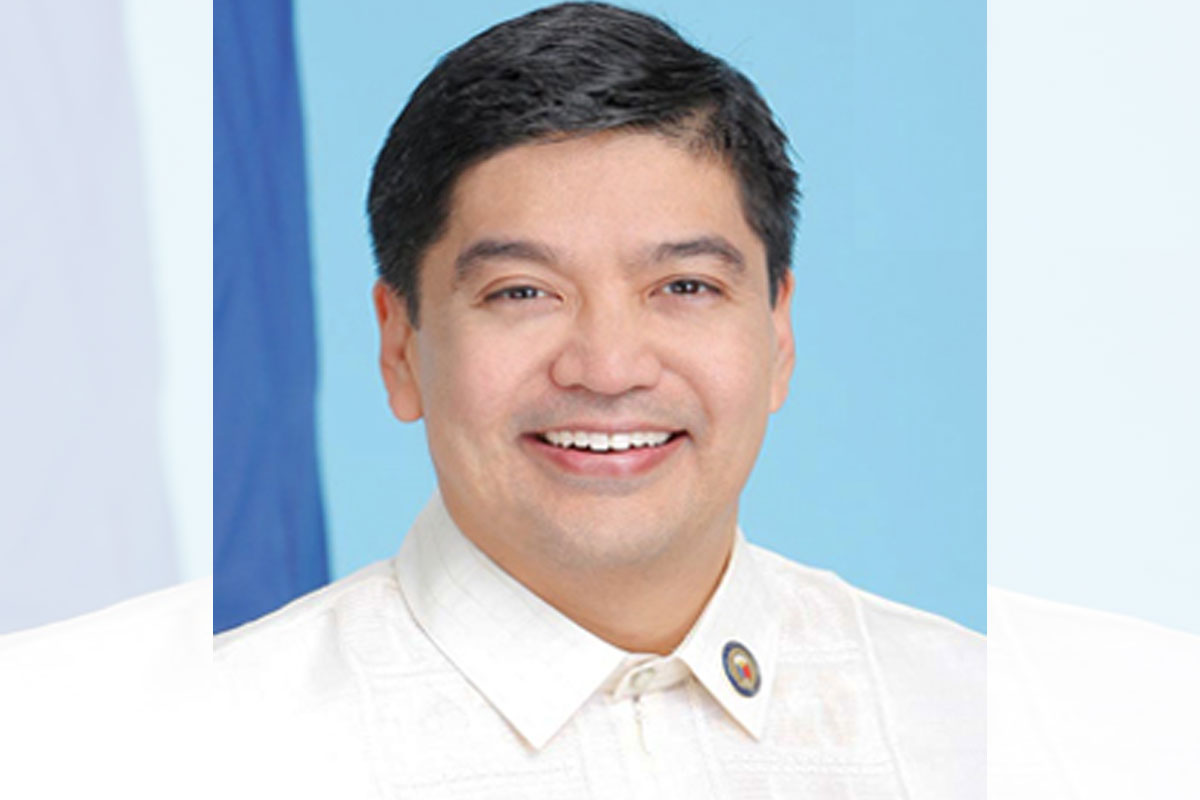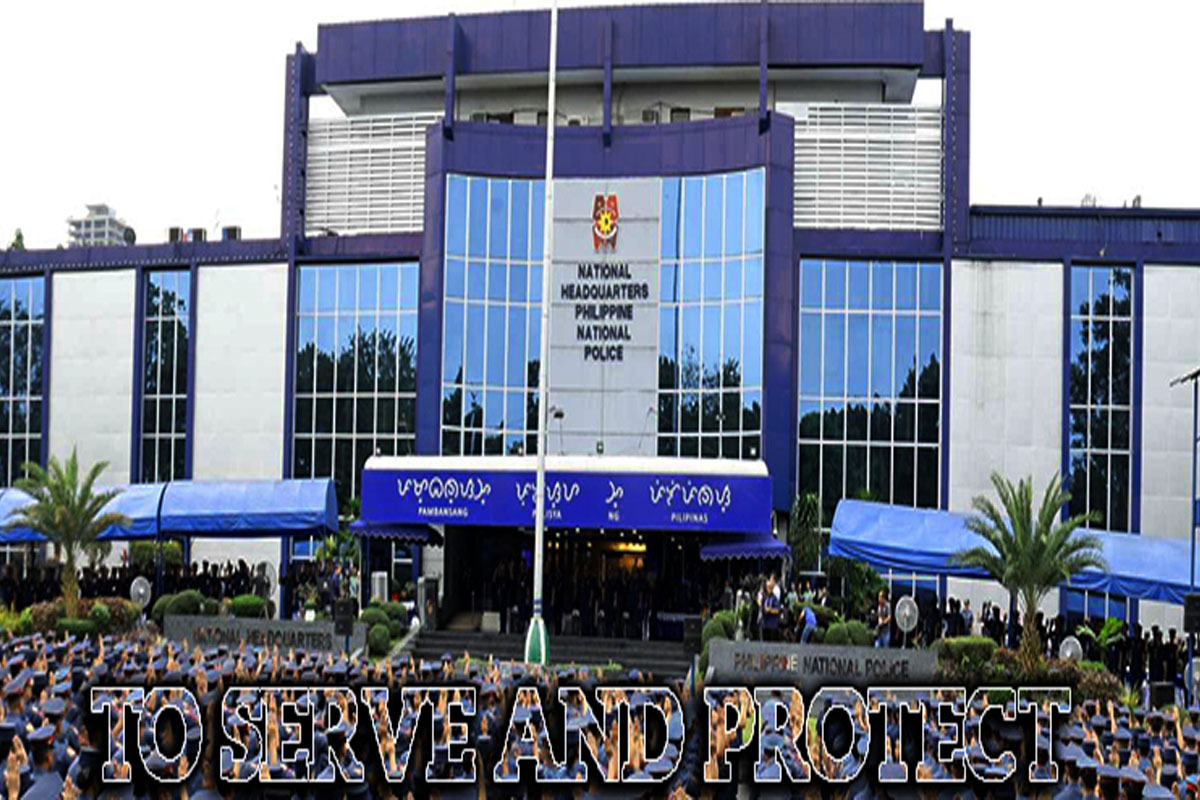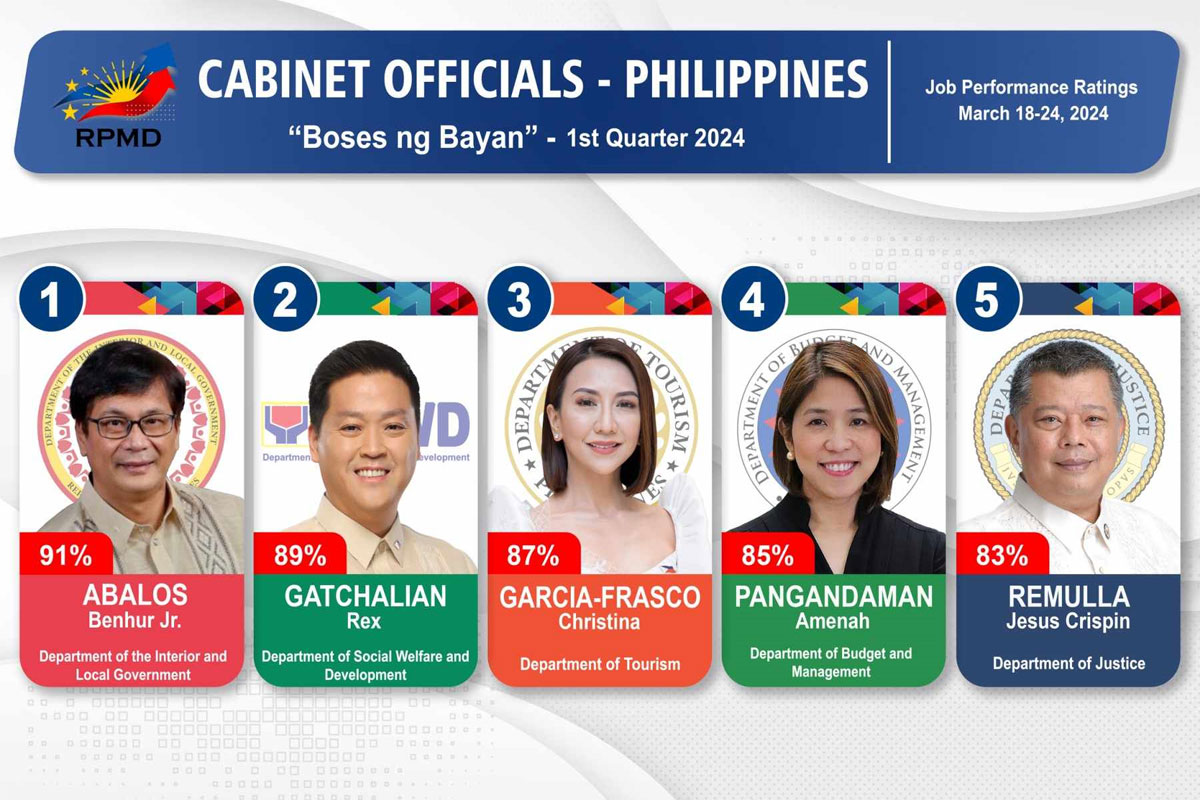
Solons urge House to tackle impact of chemical fertilizers
On palay output, farmers’ incomes
THE House of Representatives has been urged to look over the impact on national palay yields and farmers’ incomes of the over four-decade “heavy dependence” by tillers on imported synthetic or petroleum-based fertilizers amid a fresh government push for balanced fertilization or the combined use of both chemical and organic inputs in farming.
Four legislators led by Camarines Sur Rep. and National Unity Party (NUP) president LRay Villafuerte have filed House Resolution (HR) No. 972 directing the chamber’s committee on agriculture to study “the effectiveness of the use of chemical fertilizers in rice production.”
“To support, through meaningful legislation, the direction set by President Marcos on finding alternatives to boost palay productivity, there is a need to answer: (1) whether or not chemical fertilizers like urea really cost cheaper than, if not just the same, as biofertilizers, and (2) whether or not organic inputs or biofertilizers are still untested or have been proven to significantly boost crop yields,” said Villafuerte and his fellow authors in HR 972.
HR 972’s other authors are Sta. Rosa City Rep. Danilo Ramon Fernandez, who chairs the House Committee on Public Order and Safety; Bataan Rep. Albert Raymond Garcia; and Bicol Saro Rep. Brian Raymund Yamsuan.
The resolution’s authors recalled that the Department of Agriculture (DA) issued last April 27 the Memorandum Order (MO) No. 32 covering the “Implementing Guidelines on the Distribution and Use of Biofertilizers, which sets the guidelines on the distribution and use of biofertilizers for CY 2023.”
They observed that MO 32 apparently aims “to conquer high price of inputs and promote alternative inputs such as biofertilizers,” given that President Ferdinand “Bongbong” Marcos Jr. announced at a recent DA sectoral meeting “his administration’s push for the use of biofertilizers by our farmers to cut their use of imported petroleum-based fertilizers.”
High palay production costs affect all rice-eating Filipinos, they said, because aside from shrinking the incomes of local farmers, the increasing cost of imported inputs such as synthetic or chemical fertilizers “also affect consumers who bear the brunt of the consequent higher prices” of rice and other foodstuffs.
“Our farmers rely heavily on fertilizers and other farm inputs to boost agricultural productivity amid the lack of control over meteorological and other natural conditions,” Villafuerte and his fellow authors said in HR 972.
Amid this situation, “The pressure on productivity to feed our people is ever increasing as the Philippine population grows at an estimated pace of 2% per year,” they said.
The DA has pegged the country’s annual requirement for various fertilizer grades at 2.6 million metric tons (MT), which, said HR 972’s authors, dents the country’s dollar reserves and farmers’ incomes as “the Philippines imports 95% of its fertilizer requirements, which make it vulnerable to conditions that can affect output and prices.”
The four lawmakers pointed out that “the spike in oil prices also saw a corresponding increase in prices of fertilizers, which are a by-product of oil,” thus leaving the Philippines with “virtually no control over factors affecting the cost of farm inputs as it is a net importer of fuel and fertilizer.”
They pointed out that the country ranks 64th out of 113 countries in terms of implementing the four dimensions of food security (affordability, availability, quality and safety, and natural resources and resilience), according to the 2021 Global Food Security Index of the Economist Intelligence Unit (EIU).
Compounding our country’s palay productivity woes, according to the resolution’s authors, is that the Philippine Atmospheric, Geophysical and Astronomical Services Administration (PAGASA) has reported that recent conditions and model forecasts indicate that El Niño – a weather condition of a prolonged dry spell – might emerge at a probability of 80% in the coming season (June-August) and even persist until the first quarter of 2024.
Following the April 27 issuance by DA Undersecretary Leocadio Sebastian of MO 32 setting the guidelines on the distribution and use of biofertilizers in local farms, Villafuerte suggested last week that the appropriate House committee conduct an inquiry on the impact on Philippine agriculture and farm productivity of farmers’ overwhelming use for decades now of imported chemical fertilizers.
This proposed inquiry should make a comparison between the actual costs for, and per-hectare yields of, local growers using organic and inorganic production inputs, Villafuerte said.
In a video message released by the Presidential Communications Office (PCO), meanwhile, the President and concurrent DA Secretary said: “We are totally dependent on petroleum-based fertilizer. Now, we are going to introduce biofertilizers to our farmers and teach them how to use it. And hopefully, this will ease our concerns when it comes to the supply of fertilizer. And we can fully control the availability of biofertilizer.”
The President said that DA trials on biofertilizers have shown “promising” results, such that his government is pursuing the mixed-use of both biofertilizers and inorganic fertilizers in light of the high cost of the commonly used petroleum-based inputs.
Villafuerte described the President’s support for balanced fertilization as an “audacious move to finally wean away our farmers from decades of over-dependence on costly imported inputs that shrink their incomes and impair the environment.”
“Freeing our farmers from the decades-long chokehold of pricey imported chemical fertilizers in favor of the use of biofertilizers or organic inputs is an audacious agricultural policy shift that should have happened a long time back, in order to boost palay productivity, raise farmers’ incomes and pull down rice prices while at the same time reversing soil degradation and fighting planet warming,” Villafuerte, who represents the second district of CamSur in the House of Representatives said.
“It has to take a President who is concurrent DA Secretary to carry out this balanced fertilization strategy, which actually makes sense as it will let him deliver on his multi-pronged commitments to modernize Philippine agriculture, slash rice prices, bump up farmers’ yields and incomes, nurture agribusiness and fight climate change,” he said.
For Villafuerte, “Chemical fertilizers are among the most expensive agricultural inputs that impact negatively on our local farmers’ viability to compete with imported foodstuff from other countries, and the absence of fertilizer diversification, as what is being pushed by the President and the DA, will only keep our farmer uncompetitive and at a disadvantage.”
Hence, he said, the shift to biofertilizers and organic fertilizers will “lead to longer-term sustainability as opposed to the myopia of continuously importing dollar-depleting petroleum-based chemical fertilizers. We have had enough of supporting the farmers and fertilizer manufacturers of other countries.”
Villafuerte noted that in a Dec. 12 memo to President Marcos, DA Senior Undersecretary Domingo Panganiban reported positive results for the 60 commercial demonstration trials that the agriculture department had done with the mixed use of 50% biofertilizers and 50% inorganic fertilizers in palay farms in five regions in Luzon during last year’s wet season.
Panganiban told the President that the trials on the mixed-use approach pointed to an average yield increase of 39.01% and an average net-income increase of P26,855.89 during the Wet Season 2022 trial for rice.
Villafuerte expects the President’s promotion of a balanced fertilization strategy to boost the DA programs on Masagana 150 and Masagana 200, which are to step up government interventions to boost yields, respectively, to 150 and 200 cavans (50-kilo bags) per hectare.
Earlier, Villafuerte backed the revival of the “Masagana program,” the highly successful intensified production program that enabled the government in the 1970s to beat a nationwide supply shortage and even export the staple later during the incumbency of the late President Ferdinand E. Marcos Sr.
Villafuerte said that much higher palay yields via a revived Masagana program would significantly boost the market supply of rice, leading to the cheaper retail cost of this staple that could help President Marcos attain his goal of eventually pulling down the price of rice to as low as P20 a kilo.



















